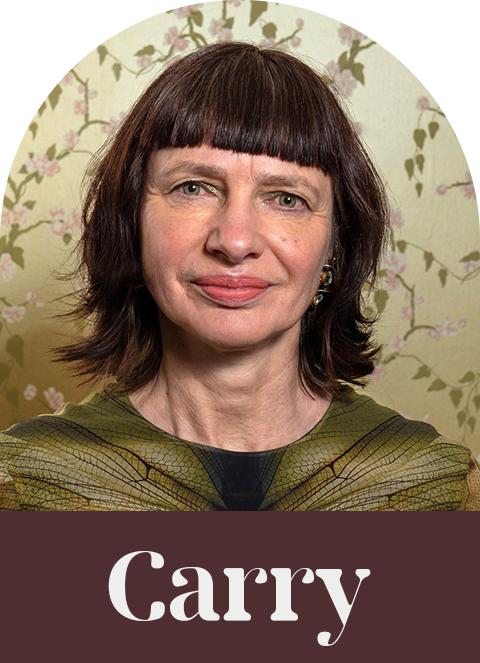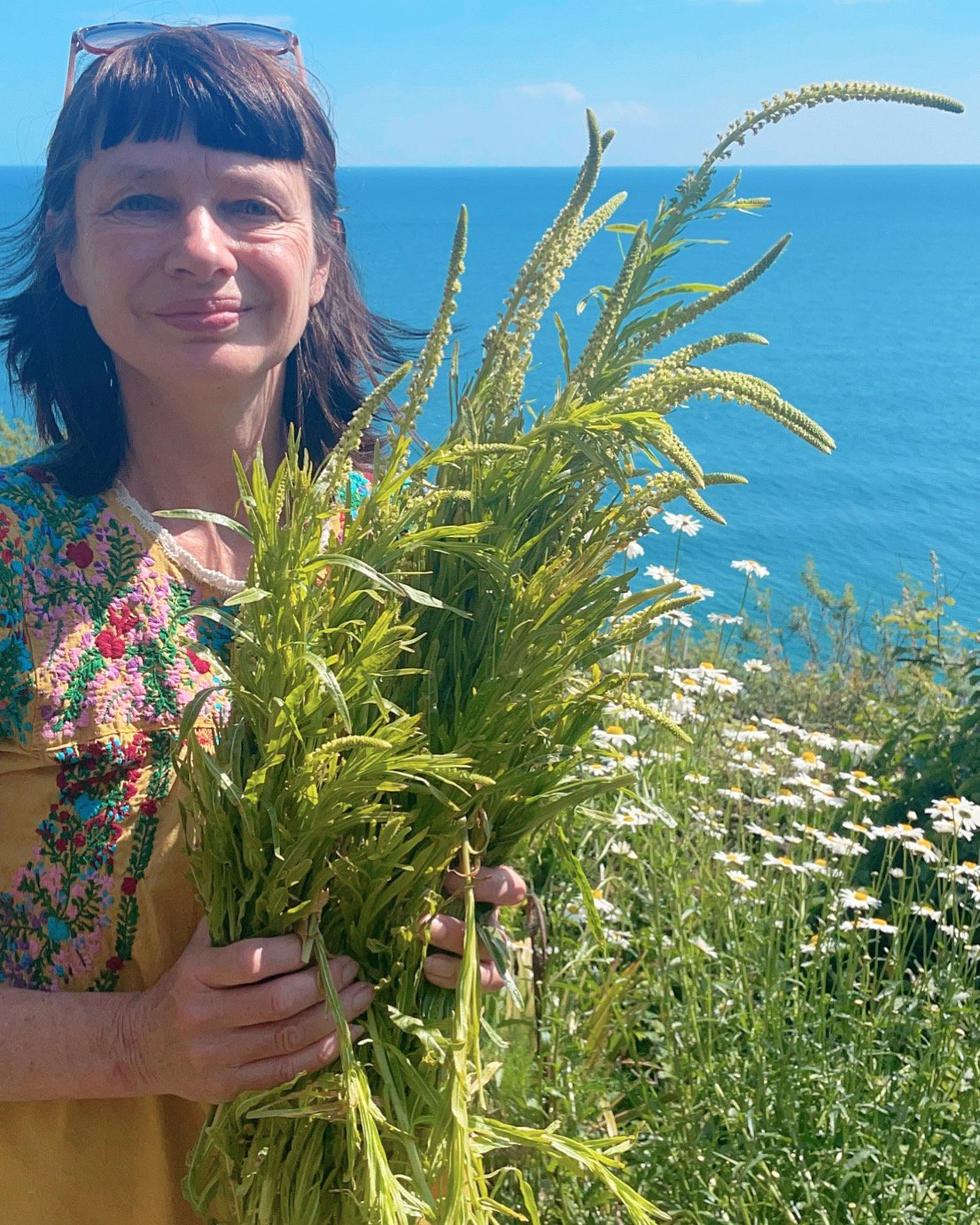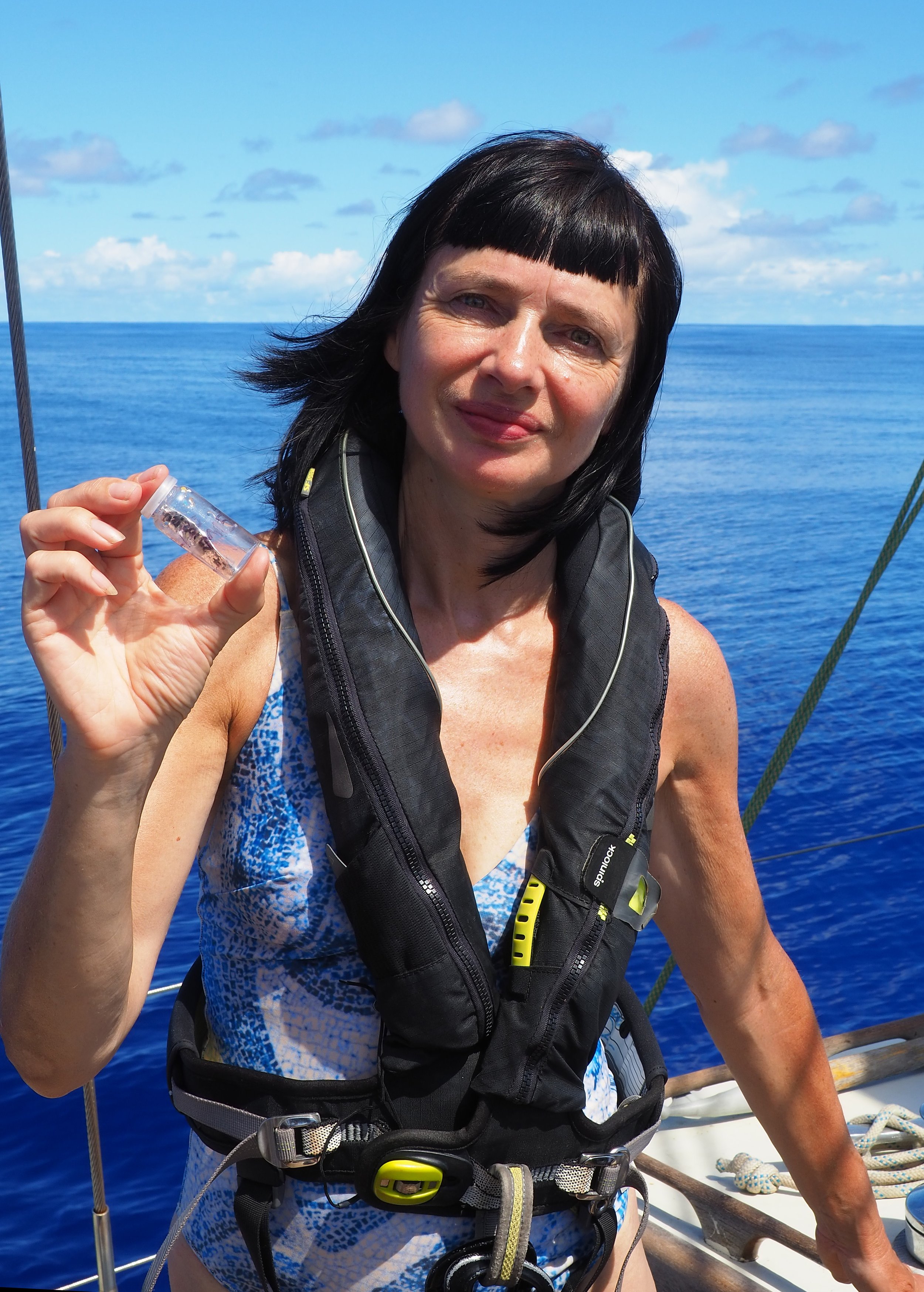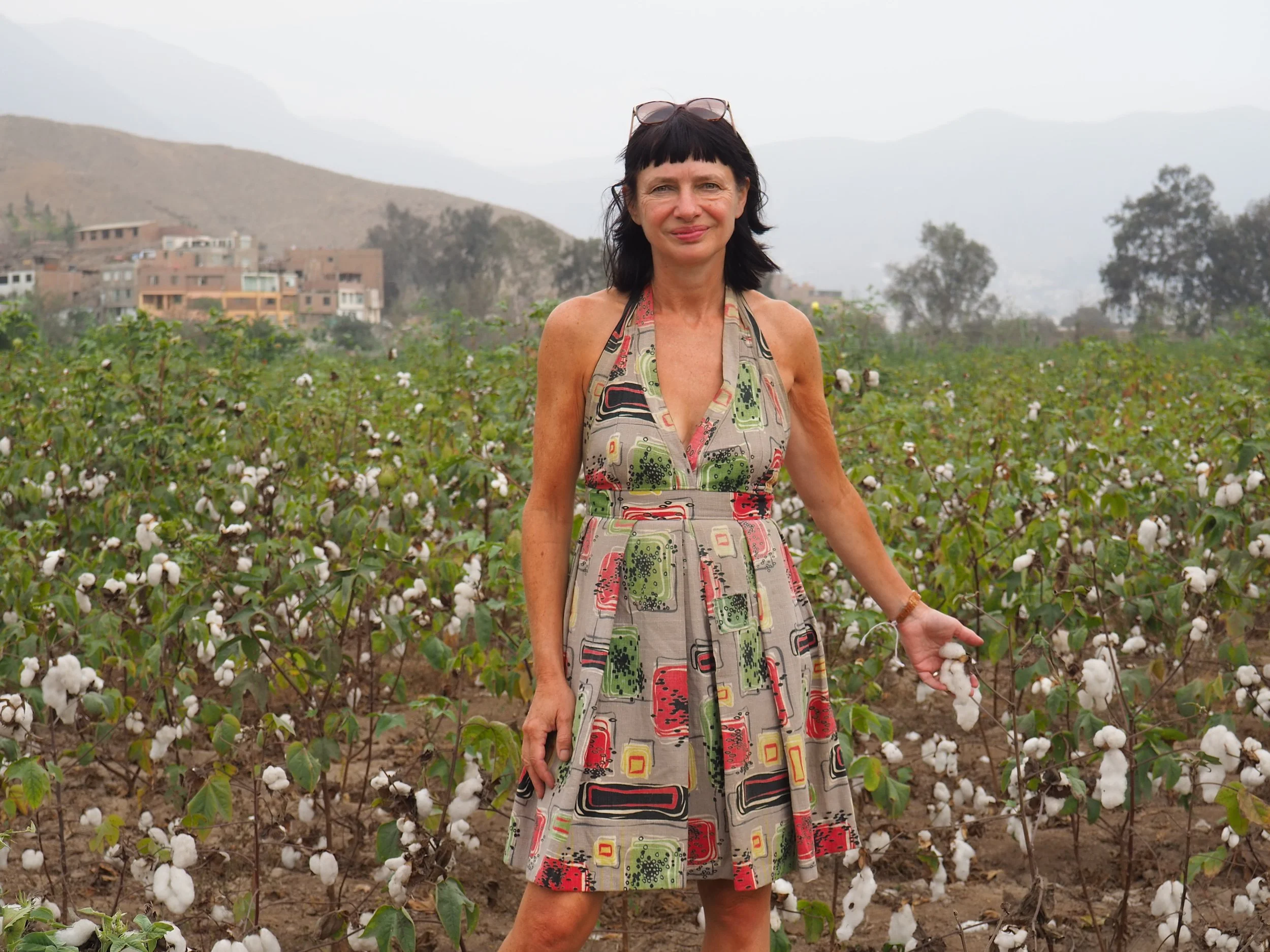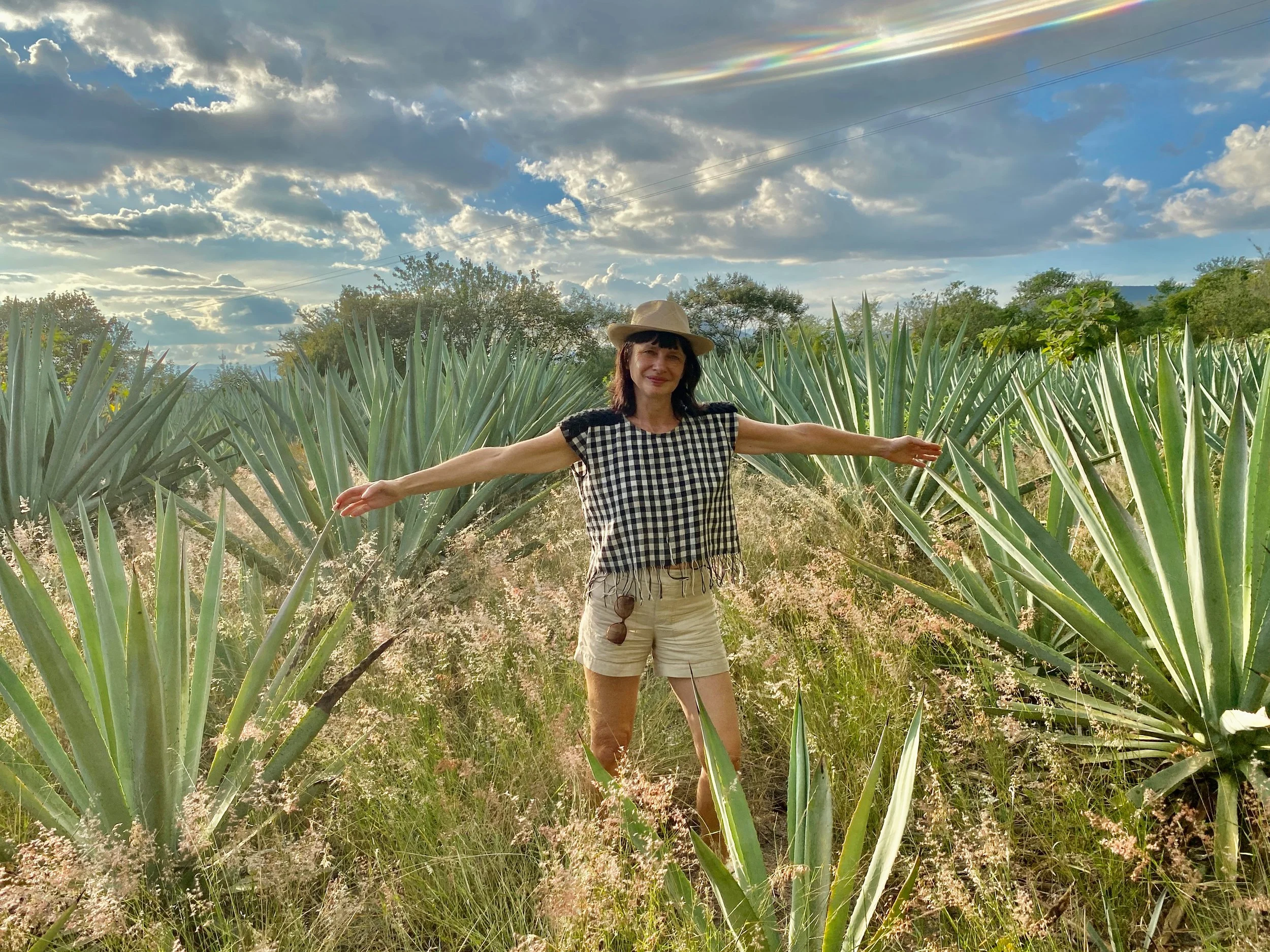Carry Somers on her new book The Nature Of Fashion and the importance of restoring fashion's connection with nature & repositioning fashion as a mirror of who we are
In Episode 336, Kestrel welcomes author and visionary changemaker, Carry Somers, to the show. Co-founder of Fashion Revolution, the world’s largest fashion activism movement, and the author of a new book – The Nature Of Fashion: A Botanical Story Of Our Material Lives, Carry has worked across the fashion space in various capacities, advocating for a shift towards transparency, fairness, and sustainability in supply chains.
“Textiles reflect our connection with the natural world, but they're not just about utility. They're definitely about beauty as well. But they're also really an echo of our disconnection from it. And I realized during my research that that rift actually started far earlier than I'd ever realized.” -Carry
THEME — BRINGING NATURE BACK INTO THE FASHION FOLD
There are various theories on what has led to the so-called disconnect between humans and nature – not only physically, but also ideologically. Amidst the fashion conversation, it’s not necessarily prioritized. We may hear environmental advocates pushing for an expansion in the narrative to ensure humans are included as an integral part of nature. Or we may hear discussions about why we must reconnect with nature in order to better care for it.
As this week’s guest, Carry, teaches us – textiles are an integral part of this story – and they can tell us far more about our relationship with nature than we ever imagined – from both a historical and future-oriented lens.
This two-part focus of the podcast is inspired by her new book – The Nature Of Fashion: A Botanical Story Of Our Materials Lives. The theme is: BRINGING NATURE BACK INTO THE FASHION FOLD.
If you know me, you know I get very nerdy about words and their layered meanings. Which is why reading this segment from Carry’s pulled me deep into the pages that followed –
“The Latin verb texere, meaning to weave or construct with elaborate care, reminds us that both textiles and texts stem from acts of creation. Textiles and texts, born of the same etymological thread, are entwined with our histories, our cultures, our lives.”
The beautiful thing is that these overlaps between textiles and texts – materials and stories – goes far beyond just Latin. As our guest shares, they both evoke texture and encode memory, and through her research, she discovered that across various cultures around the world, there are parallels in both language and meanings, connecting textiles with texts.
So, it becomes more and more clear that textiles have something significant to teach us about our collective history and future. At the same time, as my guest reminds us, the inequity of the archives became glaringly obvious the deeper she got into her research.
So, in her book, *data collection* meant something more expansive than what we might be used to. For her, it was rooted in research, while also welcoming imagination and prioritizing oral traditions.
As she poses in the book –
“What if the story of humanity could be told through a single thread?”
“Balance is not a place to reach, but a rhythm to feel.” -Carry in her book




